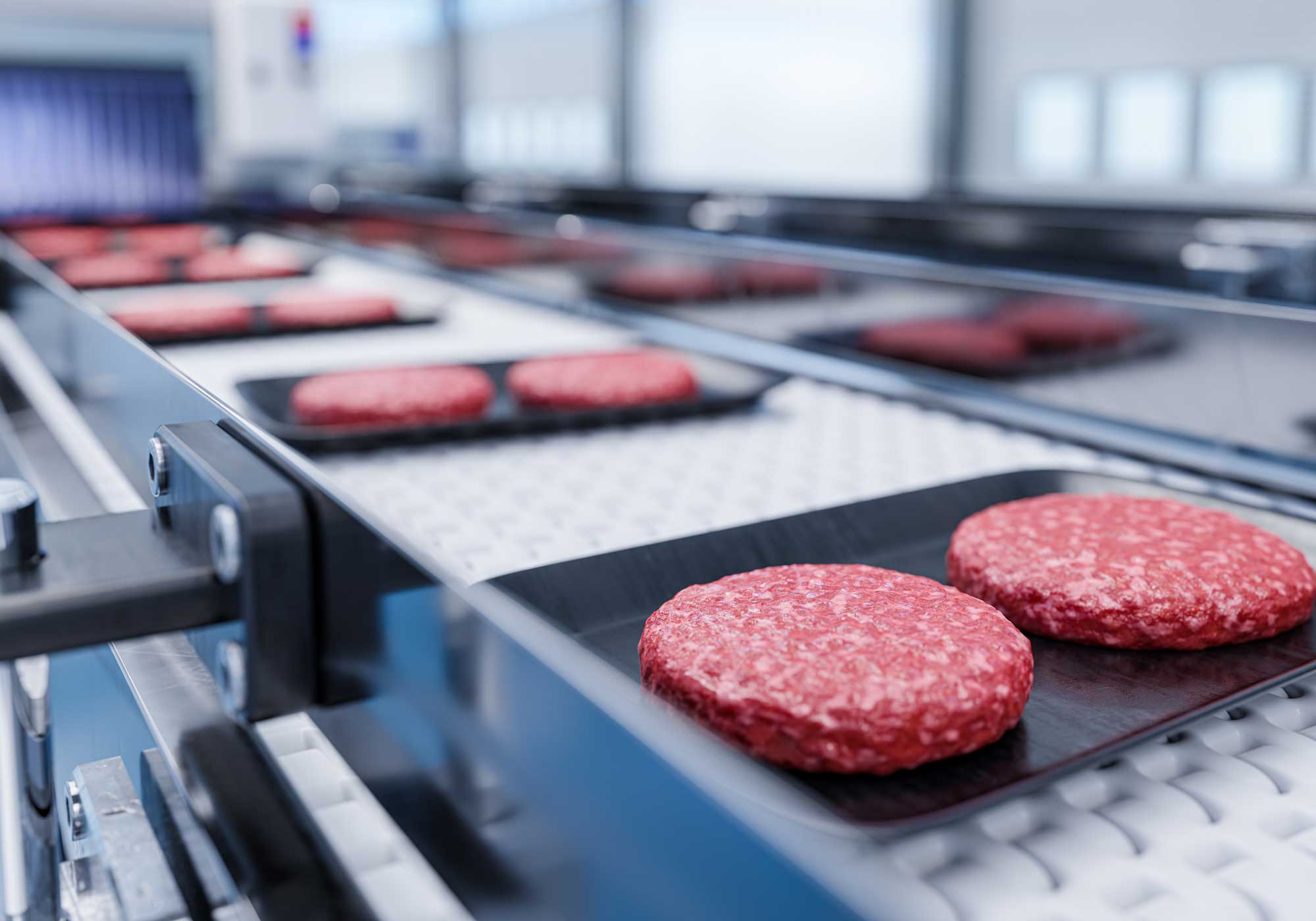Supervisión óptica: la inspección por visión impulsa el control de procesos

Cada vez más productores de alimentos recurren a los sistemas de inspección por visión para proporcionar información en tiempo real a los equipos de procesamiento en función del color, el tamaño, la forma, el grosor y otras características del producto medidas. Esto mejora significativamente la calidad del producto y reduce los residuos. Lea más sobre esto en el artículo Food & Drink Manufacturing UK.

Este artículo apareció originalmente en Food & Drink Manufacturing UK. Haga clic aquí para acceder a la edición completa.
La producción de alimentos es un proceso muy complejo y hay muchos factores que influyen en el producto final. La temperatura, las materias primas, el entorno operativo y los propios operadores son variables en este proceso. Los procesos tradicionales requieren que operadores humanos realicen estos ajustes de producción, pero sin datos objetivos, se convierte en un proceso lento y depende del conocimiento y la experiencia del operador. En general, se trata de una forma subjetiva de inspeccionar los productos y cada vez es más difícil de gestionar en las instalaciones de producción actuales.
Más productores de alimentos están recurriendo a sistemas de inspección por visión para proporcionar información en tiempo real a los equipos de procesamiento en función del color, el tamaño, la forma, el grosor y otras características del producto medidas. Esto mejora significativamente la calidad del producto y reduce los residuos.

Ejemplo 1: Monitorización de los cambios en la forma de la masa de productos horneados
Es posible que algunas masas se retraigan entre su formación y su entrada en el horno. Por ejemplo, las tortillas de harina generalmente se prensan en grandes cantidades antes de continuar con el proceso de horneado. Las tortillas con forma más temprana que otras pueden tener un tamaño diferente al comenzar el proceso de horneado que las tortillas con forma posterior.
La instalación gradual de puntos de control por visión después de la moldeadora y antes del horno ayuda a los operadores a detectar estas variaciones de tamaño y a recircular la masa antes de que entre en el proceso de horneado.
Ejemplo 2: Aplicación de ingredientes o ingredientes
Muchos productos alimenticios tienen ingredientes o coberturas que se aplican en diferentes etapas de procesamiento. Por ejemplo, las pizzas congeladas se someten a varias etapas de aplicación de cobertura según el tipo de pizza. Las máquinas automatizadas aplican estos ingredientes o adornos con restricciones estrictas y requieren una alta repetibilidad, pero se desalinean periódicamente.
Un productor de pizza congelada utiliza un sistema de inspección por visión directamente después de los aplicadores de ingredientes para ayudar a los operadores a controlar estas máquinas. Si el sistema de inspección visual detecta que ciertos ingredientes se han agrupado en una zona determinada (o que no se encuentran por completo en el producto), podría ser el momento de que el operario actúe.

Ejemplo 3: Defectos en los ingredientes o en los procesos de cocción
En una fábrica de hamburguesas de pollo empanadas, la inspección por visión ofrece una aplicación útil para evaluar el color, la textura y la consistencia de los productos que salen de la freidora. Si la empanada de pollo parece demasiado oscura o de color demasiado claro, o si le falta una sección del empanado en la superficie, una inspección visual puede hacer que esta determinación sea mucho más rápida y consistente que si un operario humano inspeccionara la línea de enfriamiento.
Con estos datos de inspección visual, los procesadores pueden determinar si hay algún problema con la calidad del empanado o si es posible que sea necesario reemplazar el aceite de cocina de la freidora. Esto ayuda a los procesadores a reducir los costos, reducir los residuos y hacer que sus proveedores rindan cuentas de sus estándares de calidad.
El inspección por visión para el control de procesos El concepto está ganando popularidad, especialmente en la repostería y el procesamiento de proteínas. Ofrece un método objetivo para ayudar a los productores a tomar decisiones mejor informadas para producir productos alimenticios consistentes y de calidad. A medida que los procesos de producción se vuelven más mecanizados, la inspección por visión proporciona una solución para detectar los matices críticos del rendimiento de la producción que, a menudo, pasan desapercibidos para los inspectores humanos.



